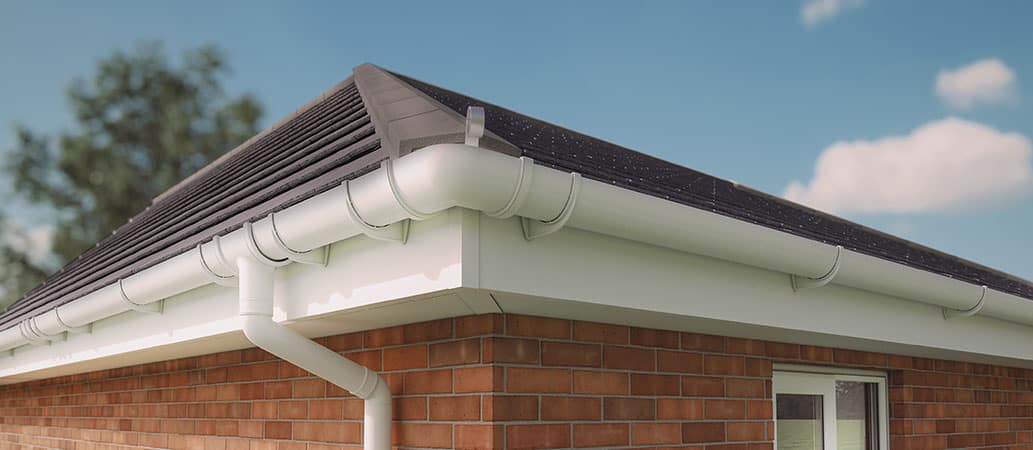Understanding Replacement Fascia Boards: A Comprehensive Guide
Fascia boards play an important role in the structural stability and aesthetic appeal of any structure. These horizontal boards are set up at the edge of the roof, acting as the main support group for the lower edge of the roof and offering a clean surface to the roofline. When these boards end up being damaged or worn with time, it might end up being necessary for homeowners and structure managers to consider replacement fascia boards. This post intends to supply in-depth insights into fascia boards, the replacement procedure, the various types of products readily available, and often asked concerns.
Value of Fascia Boards
Fascia boards serve several vital functions that add to the durability and functionality of a structure.

- Defense: They safeguard the underlying structure from wetness invasion, pests, and the components.
- Support: They support the lower edges of the roofing, including the roof shingles and sheathing.
- Visual Appeal: Fascia boards contribute substantially to the total look of a building, assisting to develop a refined and completed appearance.
Signs It's Time for Replacement
Recognizing when replacement fascia boards are called for is crucial. Here are some typical signs indicating the requirement for replacement:
- Visible Rot or Decay: Areas of staining or soft areas can show wetness damage.
- Cracks or Splits: Visible damage can cause additional degeneration if not addressed instantly.
- Pest Infestation: Evidence of pests like carpenter ants or termites may signify underlying damage.
- Our Outdated Appearance: Warping or fading paint can detract from a home's curb appeal.
- Gutter Issues: Inconsistent drainage from rain gutters can be credited to damaged fascia boards.
Types of Fascia Board Materials
When thinking about replacement fascias, various products offer varying advantages and downsides. Comprehending these alternatives can help homeowners make notified decisions. Below is a breakdown of common materials:
| Material | Advantages | Downsides |
|---|---|---|
| Wood | Visual appeal, natural look | High maintenance, susceptible to rot |
| Vinyl | Low maintenance, resistant to moisture | Can fade over time, restricted color options |
| Aluminum | Long lasting, fireproof | May dent or scratch, less visual range |
| Fiber Cement | Extremely durable, mimics wood look | Heavier, can be more costly |
| PVC | Highly resistant to weather and rot | Greater in advance cost, might look less natural |
The Replacement Process
Replacing fascia boards is a job that needs cautious preparation and execution. It can be carried out as a DIY project or contracted to a professional. Here's a step-by-step guide for property owners considering a DIY approach:
Tools and Materials Needed
- Replacement fascia boards
- Measuring tape
- Circular saw or miter saw
- Ladder
- Level
- Nails or screws
- Hammer or drill
- Paint or wood surface (if needed)
Steps to Replace Fascia Boards
- Inspection and Measurement: Inspect existing fascia, measuring its length and depth.
- Removal: Carefully remove broken fascia boards, guaranteeing no damage occurs to the roofing system or eaves.
- Preparation: After removal, look for any underlying problems like rot or mold on the rafters.
- Cutting Replacement Boards: Cut brand-new boards to size, based on measurements taken.
- Installation: Fit the new boards in location, ensuring it aligns safely with the roofing system.
- Completing Touches: If wooden boards are utilized, use a protective surface or paint.
Maintenance Tips for Fascia Boards
To maximize the life expectancy of replacement fascia boards, think about the following maintenance suggestions:
- Regularly check for indications of damage.
- Tidy gutters to prevent blockage and pooling water.
- Paint or stain wooden fascias periodically to avoid moisture-related concerns.
- Cut neighboring trees to decrease particles build-up.
Cost Considerations
Prices for fascia board replacement differs based on materials, labor, and the general condition of the existing structure. Here's a series of costs homeowners can prepare for:
- DIY Costs: If carrying out the project, expect to spend in between ₤ 100 and ₤ 300 on materials.
- Professional Installation: Hiring a contractor can range from ₤ 300 to ₤ 1,000, depending upon task scope and products selected.
Aspects Influencing Cost
- Material Choice: Different products featured differing price.
- Labor: Hiring skilled experts incurs labor costs.
- Geographic Location: Prices may differ based on place and demand.
- Existing Damage: If underlying structures require repair, costs will increase.
FAQs about Replacement Fascia Boards
1. How frequently should fascia boards be replaced?
Fascia boards can last anywhere from 10 to 50 years depending upon the material and maintenance. Regular evaluations can suggest when replacements are required.
2. Can I paint my fascia boards?
Yes, painting is an exceptional way to protect wooden fascia boards from wetness while boosting curb appeal.
3. What is the very best product for fascia boards?
The best product depends on the residential or commercial property and personal preference. Vinyl is popular for its low maintenance, while wood is favored for its aesthetic appeal.
4. Can I replace fascia boards in winter?
While it is possible to replace fascia boards in winter season, moderate temperature levels are more favorable for working with different products and ensuring correct adhesion and sealing.
5. Should I work with a professional for fascia board replacement?
While numerous go with a DIY technique, consulting with a professional might be useful for those lacking experience, especially for examining underlying damage.
Replacement fascia boards play a crucial role in the upkeep and appearance of a home. Understanding the indications of damage, kinds of materials available, and the replacement procedure is necessary for any property owner. By investing time and resources into keeping and replacing fascia boards, home owners can guarantee the security and appeal of their homes for years to come.





